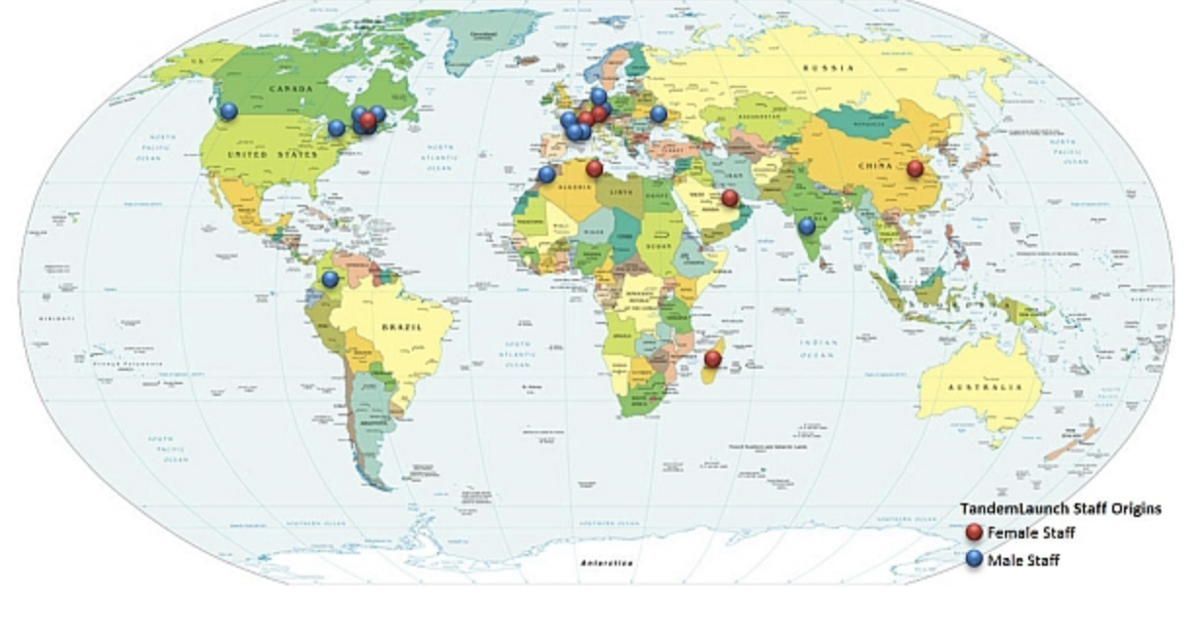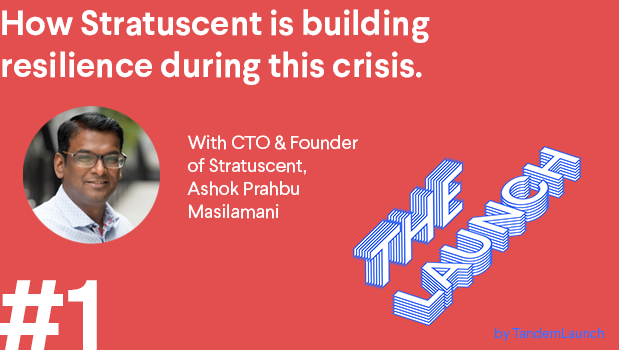Why and How to Introduce Diversity into your Start-up

First published in 2010
Almost a decade ago, I wrote a blog post about diversity and the techniques used at TandemLaunch to leverage diverse teams for greater success. TandemLaunch has changed a lot since those early days. We have created over 30 companies who now employ over 1,000 professional, raised three funds and learned countless lessons throughout that journey. But our commitment to diverse and recognition of the value brought by diverse teams remain just as strong.
The world has also changed during this decade. The #metoo movement and current racial equality moments have transformed many aspects of our society. Equality, diversity and inclusion have moved forward in our collective consciousness and much progress has been made on many fronts. Yet, even more progress will be needed in the future if we really want to make the entrepreneurial world accessible with equal opportunity. In that spirit, I have dusted off the old blog post, updated the temporal references and made it available again for your reading pleasure.
Diversity is a business benefit, not just a social good
There have been a lot of good opinion pieces on diversity recently, both for and against diversity in a start-up environment. While gender is emphasized in these discussions, diversity really covers a broader range: gender, culture, religion, orientation, physical ability, age, and so forth. Given this, pun intended, diversity of categories it is easy to miss the fundamentals. In a business context, diversity isn’t about hiring a minority to get government grants or a woman to have a pretty face for your PR endeavors. That will give you variety but not diversity. Diversity is about introducing, maintaining and leveraging different perspectives in your business. You don’t want a more colorful office, you want a smarter one.
Diversity creates smarter organizations
Technology start-ups are in the business of solving problems. Whether it is Product-Market-Fit or technical innovation, a start-up creates more value through analytical problem solving than almost any other line of business. So how do people solve problems? Not as you would expect. Human beings aren’t computers. We don’t actually calculate solutions with logical operators. Instead, we map a fairly small set of ready-made solution archetypes onto the problem and go with the best fit. We do so even if the fit isn’t particularly great in objective terms.*1
Problem solving therefore scales differently in computers and humans. Adding a second computer to a problem will usually half the solution time. Adding a second human with the same intellectual solution archetypes will do pretty much nothing. In fact, a large group of people with equal or very similar archetypes is no more likely to solve a problem than any one member. The key is to increase the collective archetype count, not add more humans. Diversity does that in a way that nothing else ever will. Archetypes are formed through our socio-environmental experience in (mostly) the formative years (possibly with some biological foundation mixed in). So the goal of a good business should be to attract as many different intellectual solution archetypes as possible and give each of them a voice in the problem-solving process.
Diversity requires conscious effort, not just good intentions
This valuable difference in archetypes is also the biggest enemy of diversity. We like people who have similar perspectives to ourselves. They look similar, act similar and are most likely to agree with our own views of the world. Absent deliberate counter-steering, we all hire our own clones. Affirmative action is the obvious but, I believe, wrong response to this fact. Hiring people *because* they are different usually just leads to a less qualified team and that’s the last thing a start-up can afford.
Instead, focus on providing opportunity, not jobs. To do so you need to deliberately fill your candidate pool with diversity. This is the part where deliberate bias is a good thing. At TandemLaunch, we post our open positions all over the globe, we deliberately chase university career centers in far-flung places, and I have been known to look at the world map hanging in our office to find the empty regions (we have colored pins for our staff origins and investments). This isn’t hiring bias, it’s opportunity democratization. Your HR team should try to build candidate pools that mimic the education-weighted population distribution of the world. Today, TandemLaunch’s alumni community hails from well over 50 countries with over 100 countries of past residence among them.
Diversity requires objective recruiting criteria
Now that you have lots of candidates, you are running the risk of destroying all the progress you made so far. A hundred diverse candidates won’t do you any good if your hiring process only captures your clones. And that’s exactly what happens if you hire subjectively. We can’t help it and need to emotionally recognize that we can’t. I believe all those investors who apologize for their all-male or all-white investee cohorts when they say that they tried but “just didn’t get other applicants”. I don’t think they are being deliberately cliquish, they just didn’t consciously admin their own clone-bias (much less do something about it).
Objective hiring processes are the solution to this process: skill tests, trial periods with objective goals, etc. At TandemLaunch, we use our Entrepreneurship Training Program for this purpose. You might not look like me, behave like me or think like me — but if you can achieve the SMART goals of this program then you should be working at TandemLaunch. It’s never possible to make hiring perfectly objective, but this has worked well enough for us so far. Intelligence is (probably) uniformly distributed across genders, age and cultures. Thus, if your hiring process yields non-uniform results then you are doing it wrong.
Diversity requires integration
Once you have those diverse people with their unique archetypes, you have to leverage them. Perversely, that requires integration. Diversity won’t do your business any good if you end up creating the business equivalent of ghettos. Put all your women into HR and you won’t actually be better off than if you had never hired any women in the first place. Diversity needs to be spread through the organization and involved at all levels of decision making. You cannot mandate this from the top. It will only happen if your diverse blend of personalities is nevertheless integrated into the work culture of the company. Put simply, have multi-colored candy but put the M&M logo on all of them.
All of this requires deliberate effort and ongoing maintenance. It is therefore not surprising that many start-ups shy away from committing to diversity. The upfront cost is high and the long term payout is hard to understand for those who have never experienced it. But for those who have been part of a diverse team, I suspect that the choice is obvious. It certainly is for me.
*1 Which is why we are quite comfortable leading our lives with glaring logical inconsistencies in many areas of our belief system (e.g. religion, economics, politics, etc.).


